 To fully understand the propagation of electromagnetic waves, you will need to study the next section on electromagnetism. However, it is enough to use what we know about other waves to understand the wave nature of light.
To fully understand the propagation of electromagnetic waves, you will need to study the next section on electromagnetism. However, it is enough to use what we know about other waves to understand the wave nature of light.
Key Concepts
MY PROGRESS
How much of Light have you understood?


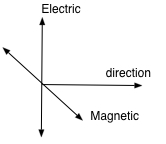
.jpg)
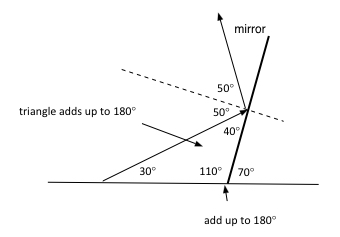
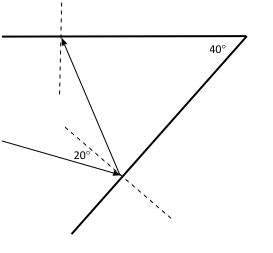
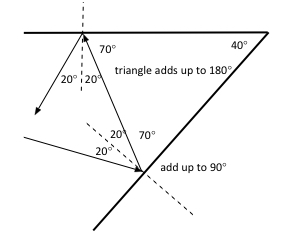
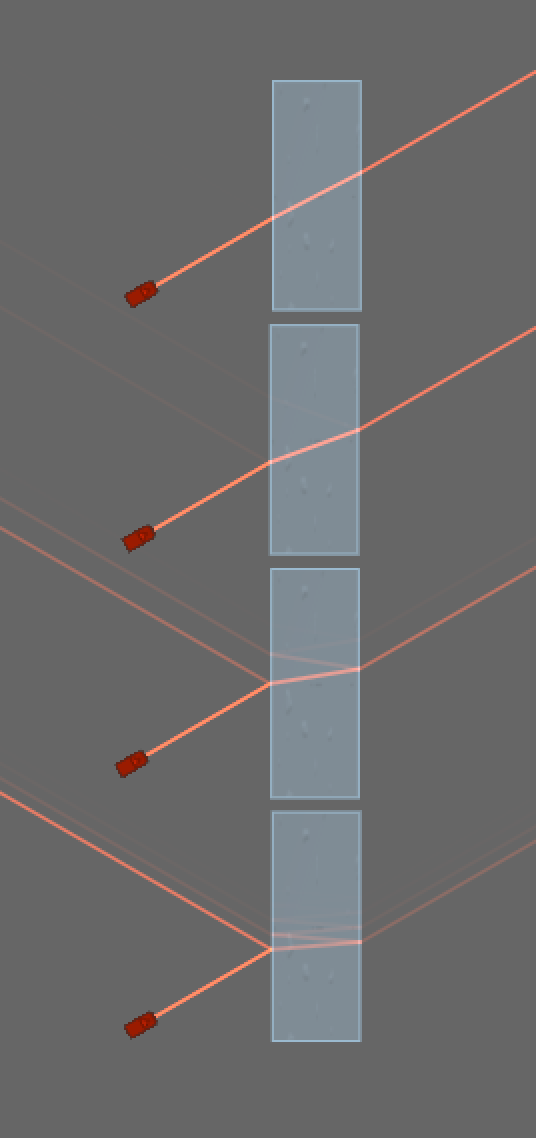
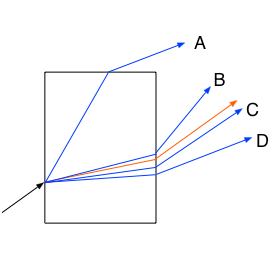
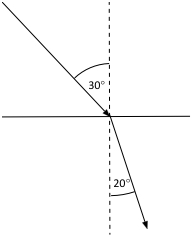
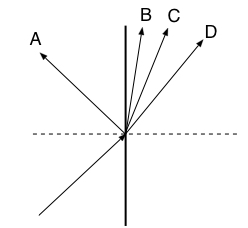
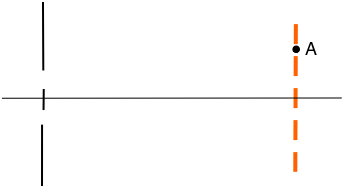
 Twitter
Twitter  Facebook
Facebook  LinkedIn
LinkedIn